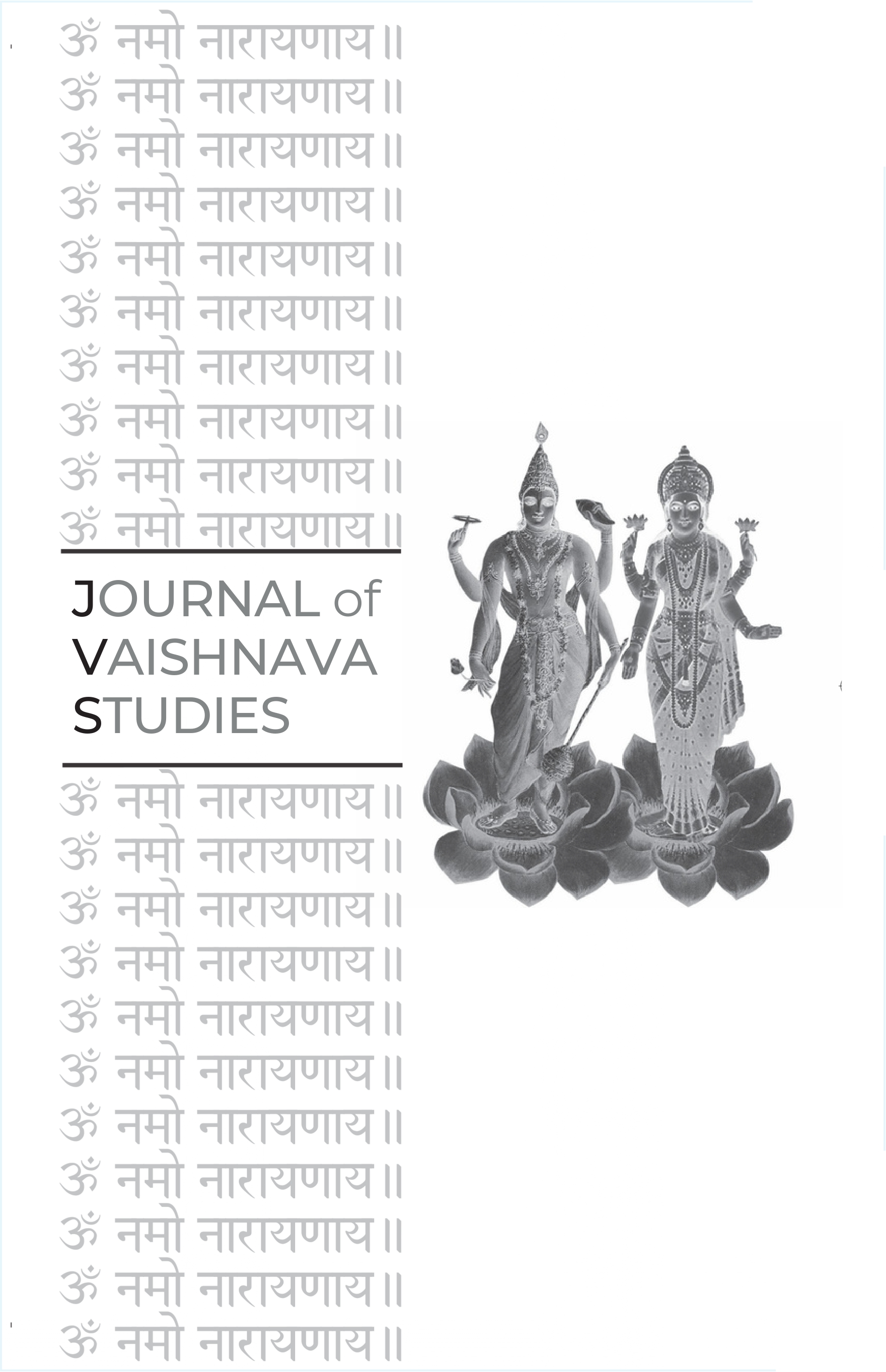Rudolf Otto and the Mysterium Tremendum
Keywords:
Rudolf Otto, mysterium tremendum, Bhagavad Gītā, Viśvarūpa, numinous, religious phenomenology, Hinduism, sacred experience, Western receptionAbstract
Noel Salmond’s "Rudolf Otto and the Mysterium Tremendum" examines how Otto’s influential conception of the sacred as mysterium tremendum et fascinans illuminates Western receptions of the Bhagavad Gītā. The article explores Otto’s early exposure to Indian religious thought and how his experience of the Gītā shaped the spiritual phenomenology that culminated in The Idea of the Holy (1917). Salmond argues that Otto’s encounter with the Gītā, especially its vivid portrayal of the divine in Chapter 11 (the Viśvarūpa-darśana), provided a textual anchor for his articulation of the numinous—a divine presence that is overwhelming, awe-inspiring, and attractive all at once. The essay also traces Otto’s nuanced relationship with Hinduism, which he both admired for its mystical profundity and occasionally misunderstood through a Eurocentric lens. By situating Otto’s thought in a cross-cultural context, Salmond reveals how the Gītā helped Otto shape a modern Western discourse of religious experience, and how the concept of the numinous offers fresh interpretive tools for understanding Hindu devotional theologies.Published
2007-12-13
Issue
Section
Articles





